

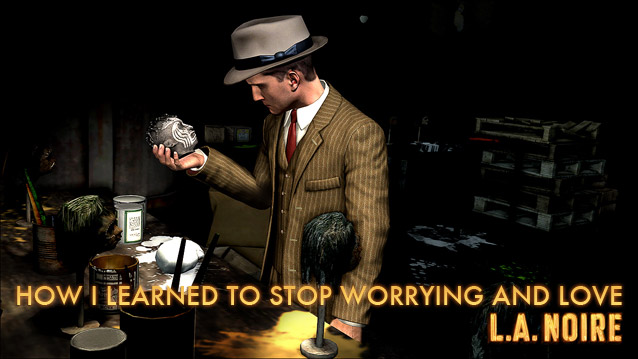
At face value, there was little that could go wrong with LA Noire. Produced by Rockstar; being in development for a very long time by Australian developer Team Bondi; featuring revolutionary facial animation technology; a meticulously recreated digital version of late 1940s Los Angeles for the player to roam through; a focus on character interaction; a mature noir story; half the cast of the hit TV show Mad Men for voice acting and motion capture. The list goes on.
The ingredients were all on the table. Yet something went terribly wrong somewhere along the way. The game was bogged down by several issues. Biggest gripe for most was the dissonance between the story missions and the random sidequests. Where the story most of the time felt like its own thing, the side missions were basically glorified Grand Theft Auto missions, slapped onto the game by Rockstar. Or so it seems.
The promising interrogation mechanic, the central mechanic of the game really, had noticably been through a lot of revision—most grating sign of this being the “doubt” button that would see main character Cole Phelps exploding into the face of the interrogated person. Given the implications of the word “doubt” these reactions rarely made much sense—however knowing this button originally was dubbed “force” and only had been renamed at the very last minute makes Phelps appear much less insane.
LA Noire is far from flawless. And when first playing it, I too experienced a lot of the problems above. I ended up being strongly disappointed by the game. The worst offender for me was (and to some extent still is) the immediate feedback the game gives to all decisions surrounding the interrogations. When clues are collected on scene, music keeps playing until all clues are found. There is never any doubt about the player having found or NOT found all the available ones around. During interrogations, a chime plays after every response to a suspect, immediately and unambiguously signals the player whether or not the chosen response was “right” or “wrong”.
There is a highly likable, polished, unique and fun game buried within.I went back into LA Noire knowing full well of all these faults. Knowing what I was to expect, made approaching the game with an open mind a lot easier and appreciating what the game was doing actually possible. There is a highly likable, polished, unique and fun game buried within.
The characterization of Phelps works well enough. He is more than a clean slate, quite not a silent protagonist. I decided to ignore all of the random side missions, that served as one of the game’s biggest ludonarrative dissonances. Also, I now tend to let my partner do the driving from police HQ to crime scenes and back, thereby eliminating most of the GTA-ness of the game.
What’s harder is ignoring the aforementioned immediate feedback to interrogations. Sometimes it’s really easy to make honest mistakes by not thinking the way the designers intended to. What I myself could easily explain as evidence against a suspect is worthless when the designers didn’t intend for the evidence to be just that and then Phelps just doesn’t go in the direction I intend when choosing a certain answer.
Regardless, it’s very much possible to roll with the punches even if those honest mistakes can be pretty jarring. LA Noire still does a lot of things no other game even attempts to do. There is the odd big shootout that feels oddly out of place, with Phelps gunning down countless people without second thought or further reflection.
And make no mistake, I love it for what it is. A mature, no bullshit period piece.For me though, the main story does get some traction and gets interesting quickly. I want to know what happens to Cole. I want to know if Jack Kelsoe, his World War II frenemy will turn out to be one of the main story’s villains / serial killers—or if that’s just a red herring. I want to go and finish this game, see the story through to the end and just ignore all the bullshit that basically is just fat on the side that could have easily been trimmed. This game doesn’t need half assed GTA missions on the side, it’s better off with as little driving as possible—mostly because while 40s LA is awesome to look at, it’s really just empty with little to actually do in it. Besides stealing special hidden cars. Which makes no sense at all. So if this intricately built background is utilized by the player only as backdrop for the actual story missions, it’s emptiness doesn’t detract from the experience, and doesn’t get the chance to wreck the players’ suspension of disbelief.
LA Noire is a game that needs a lot of concessions on the players’ side. A lot of things need to be ignored if the game is to be loved truly. It’s a tough relationship. There are a lot of flaws there, some of them can be circumnavigated, but its the ones that need to be outright overlooked that make it really hard to love the game.
And make no mistake, I love it for what it is. A mature, no bullshit period piece. There’s too few of those in gaming. Of course it would have been a lot nicer if things were different, if the flaws weren’t there. But that’s the way things go sometimes. Sometimes you just have to look past the flaws to discover what you truly love.
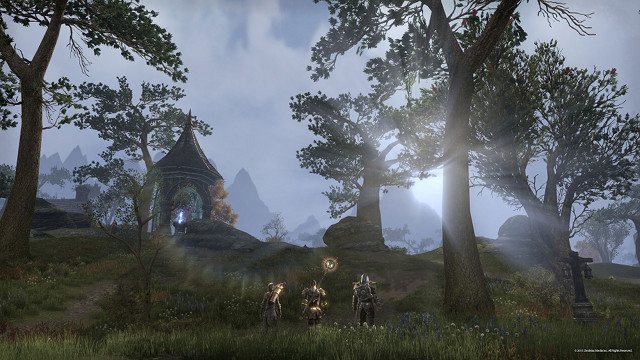
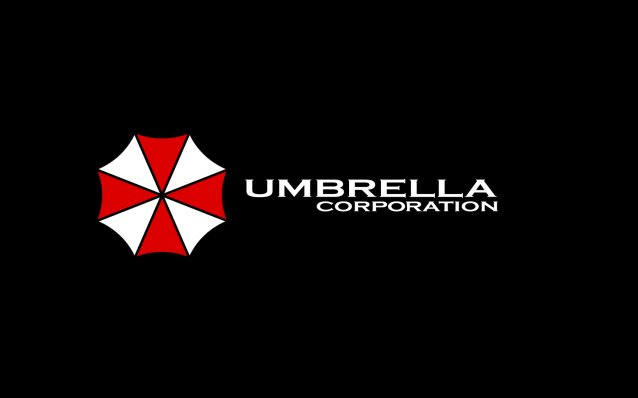
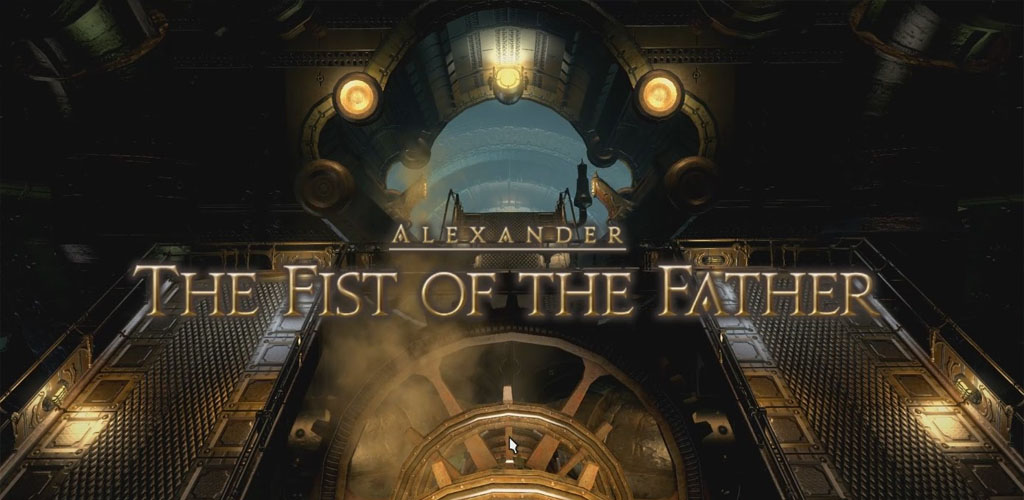
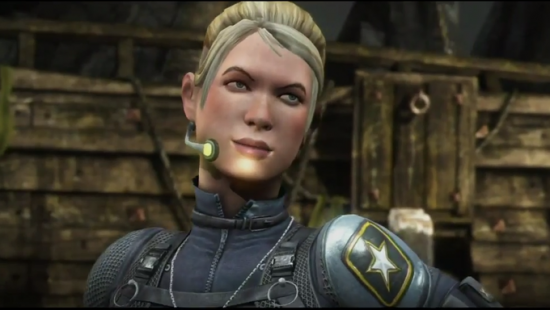
 Destiny: TTK - How to Find All Calcified Fragments Locations
Destiny: TTK - How to Find All Calcified Fragments Locations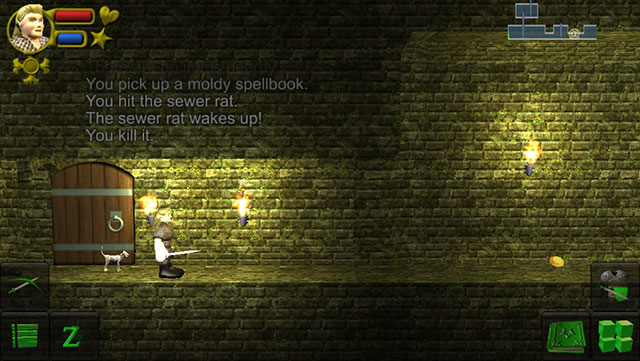 WazHack: A Free Side-Scrolling Roguelike for iOS & Android
WazHack: A Free Side-Scrolling Roguelike for iOS & Android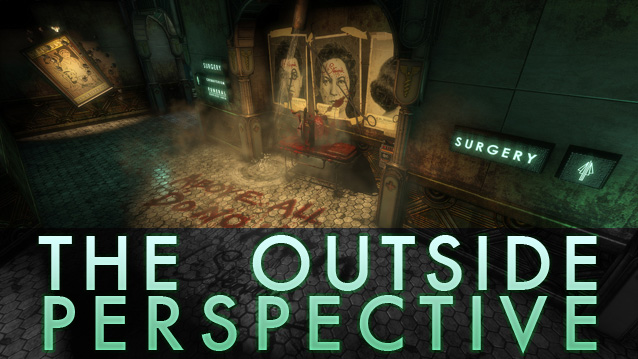 The Outside Perspective
The Outside Perspective Top 10 Action Adventure Xbox 360 Games
Top 10 Action Adventure Xbox 360 Games 8 Tips for How to Learn Excel Quickly
8 Tips for How to Learn Excel Quickly